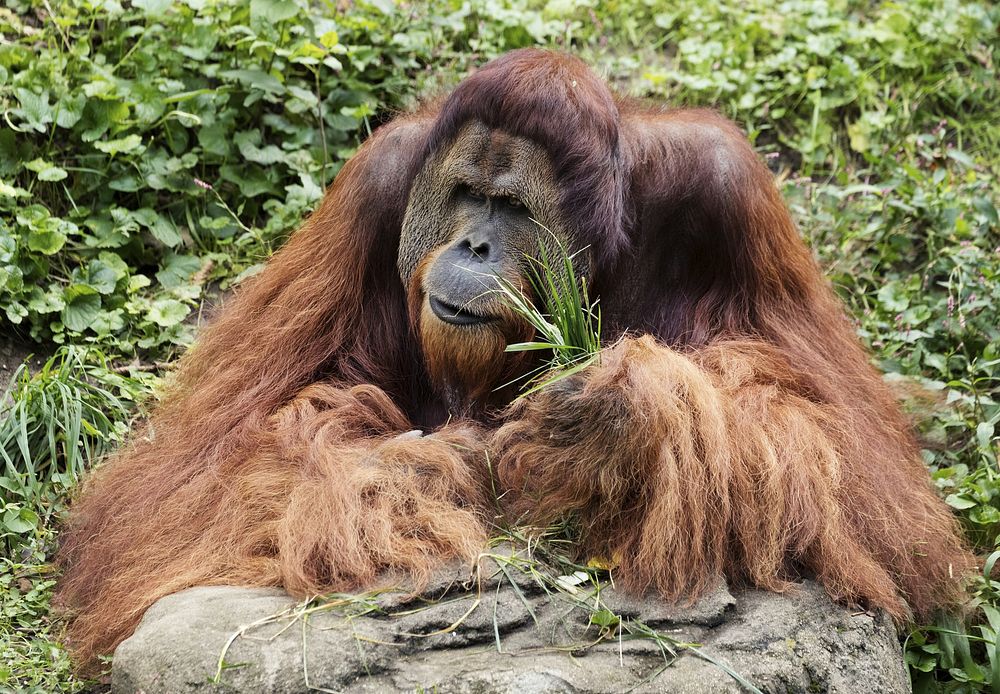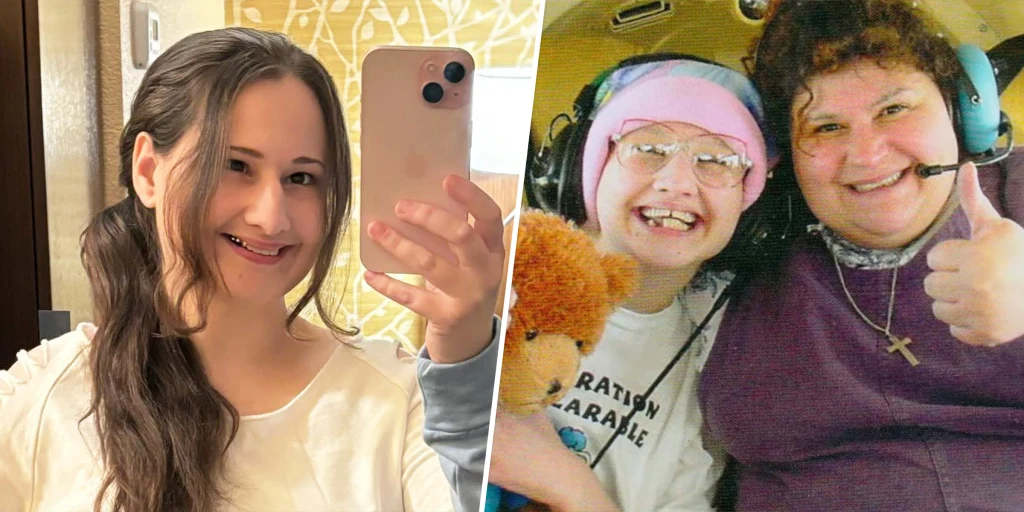A new study of wild orangutans discovered that they can vocally produce two sounds at once, the same way humans can- prompting ideas about human evolution.
After 3,800 hours observing wild orangutan populations in Borneo and Sumatra, researchers have discovered that orangutans can make two vocalizations at once to create special calls. Female orangutans in Sumatra were found to combine kiss squeaks (consonant-like smooching noises that are typically a sign of agitation) and rolling calls (vowel-like “hoo” sounds) to alert fellow orangutans of a threat from a predator. Similarly, in combative situations, Bornean male orangutans can make both “chomps” (bubbly mouth-chomping noises) and guttural grumbles simultaneously, both produced from the larynx.
This ability to produce dual vocalizations is also possessed by humans, but it’s very rarely done- aside from beatboxing, a form of vocal percussion used to mimic drum machines. Beatboxers will train themselves to produce two noises at once to enhance their performance. While it is a learned skill, it proves that humans are anatomically capable of such a vocal feat. Combined with this discovery in orangutan populations, it raises the question of why we can both do such a thing in the first place.
Humans’ complex vocal abilities have long been a subject of inquiry for researchers. Until now, they’ve been focusing on songbirds, who display similar vocal techniques in their ability to make several noises at once to communicate. However, since songbirds are very different from humans in both brain and vocal structure, coming up with helpful connections was difficult.
On the other hand, fellow great apes’ closeness to us in both relation and physical structure could prove to be more useful in terms of discovering more about our past. Researchers are now suggesting that there’s a possibility the common ancestor between humans and orangutans used these dual vocalizations more regularly in their speech before it evolved into the current language structure of consonants and vowels.
This study fits into several other studies on ape language. It’s also been found that orangutans, rather than knowing their vocalizations by instinct, have speech strongly influenced by social dynamics and area. They have distinguishable dialects and communication styles strikingly similar to the way humans communicate. Individual vocalization styles become more varied the more dense a population is, similar to fashion choices in a city. Unlike other apes, orangutans are largely asocial by nature and only interact with other individuals on irregular occasions, so this complexity of language comes as a surprise.
It was previously thought that we didn’t have much to learn from great apes in terms of vocals. However, this study implies that the vocal control abilities of great apes have been overlooked. There’s a lot to learn about just how much we and other apes have in common, and this is one facet of a multitude of information we have yet to know.












